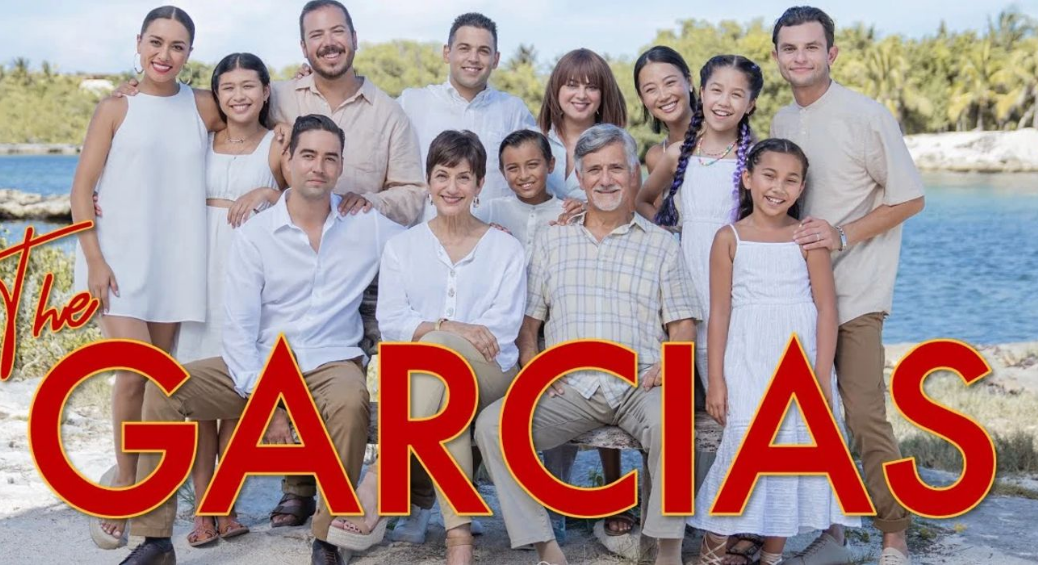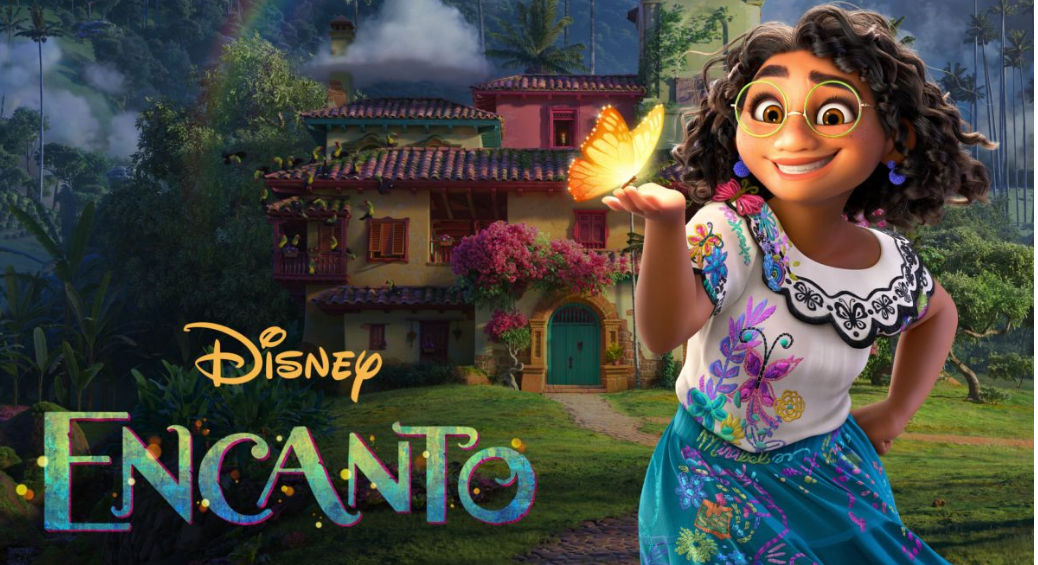April, 2022
U.S. continues to lose rank as a good place for working women. Even worse for Latinas.
As reported in AXIOS last month, according the The Economist’s 2022 Glass-Ceiling Index, the United States ranks behind 19 other countries as the best country in the world for working women.
The GCI, which ranks countries within the Organization for Economic Co-operation and Development (OECD), combines data on higher education, labor-force participation, pay, child care costs, maternity and paternity rights, business school applications and representation in senior jobs.
The U.S. fell by two places to number 20 and is still an outlier for providing no federally mandated parental leave. The situation is even worse for Latinas who continue to face the largest wage gap among women. Latinas in the United States are typically paid just 55 cents for every dollar paid to White, non-Hispanic men. The Latina pay gap extends beyond just low-wage workers, affecting Latinas at every level – including executives and other professional occupations.
Latinas also face a myriad of obstacles in the labor force, including overrepresentation in low-wage service occupations, limited access to benefits – including paid leave and retirement plan access – and discrimination, among others.
Latinas are the least likely group of women workers to live with economic security or have access to paid sick time. Achieving pay parity is the first step to ensuring that working Latinas now and, in the future, can achieve economic security and find an opportunity to build and maintain wealth
April 14 is the premier of The Garcias on HBO Max.
Every U.S. Latino will want to be watching the reboot of The Brothers García by New Cadence Productions because the new show, The Garcias, is unique in American entertainment in featuring a Latinx cast. The Garcias, is being led by the original show co-creator and executive producer Jeff Valdez and Sol Trujillo
“The original show was always about a simple slice of the life story that happened in the Garcia family. And just as in that show, in every episode of The Garcias there’s a lesson to be learned,” said Valdez. The original series followed the Garcia family, including three brothers and a twin sister, as they grew up and juggled school and work in San Antonio, Texas. The revived series from New Cadence Productions will feature the Garcia children now as adults, reuniting with their parents for a three-month summer vacation in a luxury home by the beach.
Trujillo describes the themes of the series as “aspirational and universal” and added that the closing trademark for every episode will remain as “Todo para la familia.” Six original cast members will reprise their roles including Carlos Lacámara, Ada Maris, Jeffrey Licon, Bobby González, Vaneza Pitynski, and Alvin Alvarez.
According to Valdez, The Brothers Garcia was the first show to feature a middle-class Latino family, and his intention for the sequel is to show Latino families beyond the stereotypes of being poor and gang members. As he told Variety Magazine, “We want audiences to see that we are totally American and part of the ‘new mainstream.’ There are no themes of narcos, border walls, gang bangers or maids anywhere in this series — a fact that we are very proud of and hope that Hollywood will follow suit,” he said.
The Garcias opens its 10-episode run on HBO Max April 14 and has been produced with at least 90% of the talent in front of and behind the camera being Latino. Early reviews indicate the show could be a front-runner in the awards season and there are high hopes viewership across both Latino and non-Latino audiences will help open doors for a wide variety of new Latino-based stories to follow.
U.S. Latinos Continue to Power The New Mainstream Economy
Among the major worker groups, during the month of February, when total nonfarm payroll employment rose by 678,000, the U.S. Latino cohort was the only cohort where the unemployment rate declined. For all other cohorts (Anglo, Asian, Black) the jobless rates showed little or no change over the month, according to the U.S. Bureau of Labor Statistics.
Job growth was widespread over the month, led by gains in leisure and hospitality, professional and business services, health care, and construction. The U.S. Latino influence on job growth in these areas is reinforced by the fact these are areas where U.S. Latinos already had a high labor presence prior to COVID.
The Bureau also reported that the number of persons not in the labor force who currently want a job declined by 349,000 to 5.4 million in February. However, at the same time the U.S. Department of Labor’s JOLTS report said that nearly 4.3 million people quit their jobs in January. The Department also reported 11.3 million job openings, which means we have a labor shortage of 5.9 million workers, with the only untapped resource for those workers being immigration.
Attention to our immigration policies and processes is of paramount importance to the ability of our country to continue its economic growth well beyond 2022.
Agua Media Launches Podcast Network for the Latino+™
and New American Mainstream Communities
Co-founded by business leaders Sol Trujillo and Rick Sanchez, Agua Media recently announced the launch of its podcast network specifically targeting the New American Mainstream, being driven by English-speaking U.S. Latinos.
Agua Media’s podcasts will share stories that provide needed perspective and information about U.S. Latinos, who—despite being the largest driver of growth in the U.S.—remain the most underserved and unrecognized. The podcasts will include a wide array of topics including business & entrepreneurship, current events, true crime & horror, lifestyle, edutainment, and humor—with a special emphasis toward Latinas, the most powerful drivers of the New Mainstream economy.
“U.S. Latinos and the New American Mainstream are once again remodeling the melting pot we call America,” explains Trujillo. “Their total economic output is $2.7 trillion a year up from $1.7 trillion in 2010. This community is starting businesses at a faster rate than any other group.”
Sanchez says: “With a common age of 11, compared to Anglo Americans whose common age is 58, this is a group who turns off most content because they find it tired and narrow. It doesn’t get who they are. Our mission is to present stories through a wider perspective, keeping with the needs of this vast and young mainstream economic force.”
Agua Media says its mission is to empower the largest and most-underserved cohort in the U.S. through the voices and experiences of Latinos and others who comprise the U.S. Latino community.
U.S. Latino growth is reshaping towns, states, and places you might not expect.
The U.S. Census showed that U.S. Latinos have accounted for over half of the nation’s population growth during the past ten years. U.S. Latinos have been dispersing across the country not just in the largest Latino states, but in mountain towns, Southern neighborhoods, and Midwestern prairie towns.
For example NBC News reported from New Hampshire that a Roman Catholic church where Irish and French-Canadian immigrants used to worship now has the state’s largest Latino congregation. In the Deep South, a county in Georgia is one of the nation’s top 10 in diversity.
Researchers have found that this national Latino migration is a reflection of where the nation’s opportunities are located. The work ethic of U.S. Latinos has made them opportunistic in finding areas where job openings have grown and then filling the need. Many have also followed educational and military opportunities.
Although 70 percent of U.S. Latinos have been born in our country, in many instances it is the immigrant population that leads the way in terms of moving to places with new economic opportunities. Montana is an example of dramatic Latino growth. In the last two decades, Montana has been among the states with the fastest growing Latino populations in the country. The state’s 58.2 percent jump in Latino residents since 2010 leads all U.S. western states over the last decade.
Although most Latinos in Montana are of Mexican origin, numbering around 30,000, about 2,000 are Puerto Rican, according to census population estimates. The timber industry in the northern part of the state, and oil jobs in the east, have drawn many Latino workers, as have resorts in Bozeman and Big Sky according to state authorities.
Tennessee, Kentucky, Louisiana, Vermont, and New Hampshire are other examples of high-growth areas for U.S. Latinos. New Hampshire officials say some of their growth has come from U.S. Latinos moving from more urban Massachusetts cities to New Hampshire areas with new employment opportunities and more affordable housing.
During the past decade, U.S. Latinos have experienced rapid gains in education, job growth, and income. That, together with them having the highest workforce participation rate of any cohort, and their willingness to go to where the opportunities are, make U.S. Latinos a driving force in shaping the economies of not only states and communities across the country, but the entire country’s economy.
“Bruno” has become the most successful Disney song of all time. Welcome to the New Mainstream Economy.
We Don’t Talk About Bruno, a song from the Encanto soundtrack written by Lin Manuel-Maranda, has become a cultural moment in the world of movies, skyrocketing over other songs on the Billboard charts early this year and hitting #1 on the Billboard charts making it the most successful Disney song of all time.
Encanto’s soundtrack hit the number one spot on the Billboard 200 albums chart in January and was still on top after 9 weeks, as of mid-March. The album has proven that it can stand on its own two feet even outside of the film. We also know that once the movie started streaming, its numbers got a 76% boost from when it first debuted on the charts.
This popularity is even more impressive when one considers that the Frozen II soundtrack was the last animated film score to grab the prime spot back in 2019, where it hovered for one week before dropping again. In the entire 60+ year history of the Billboard 200 albums chart, only six animated movie soundtracks have made it to the number one position.






